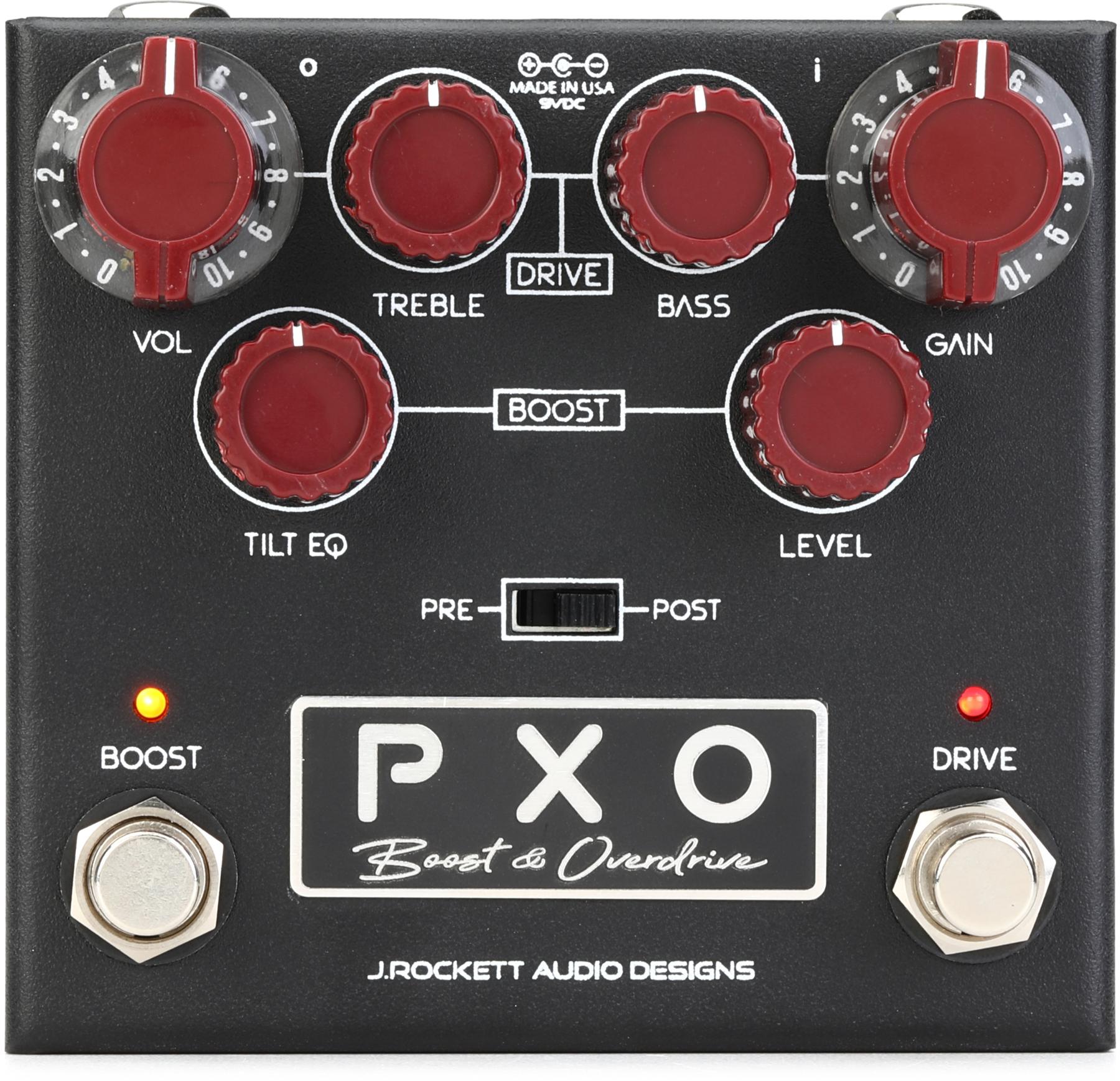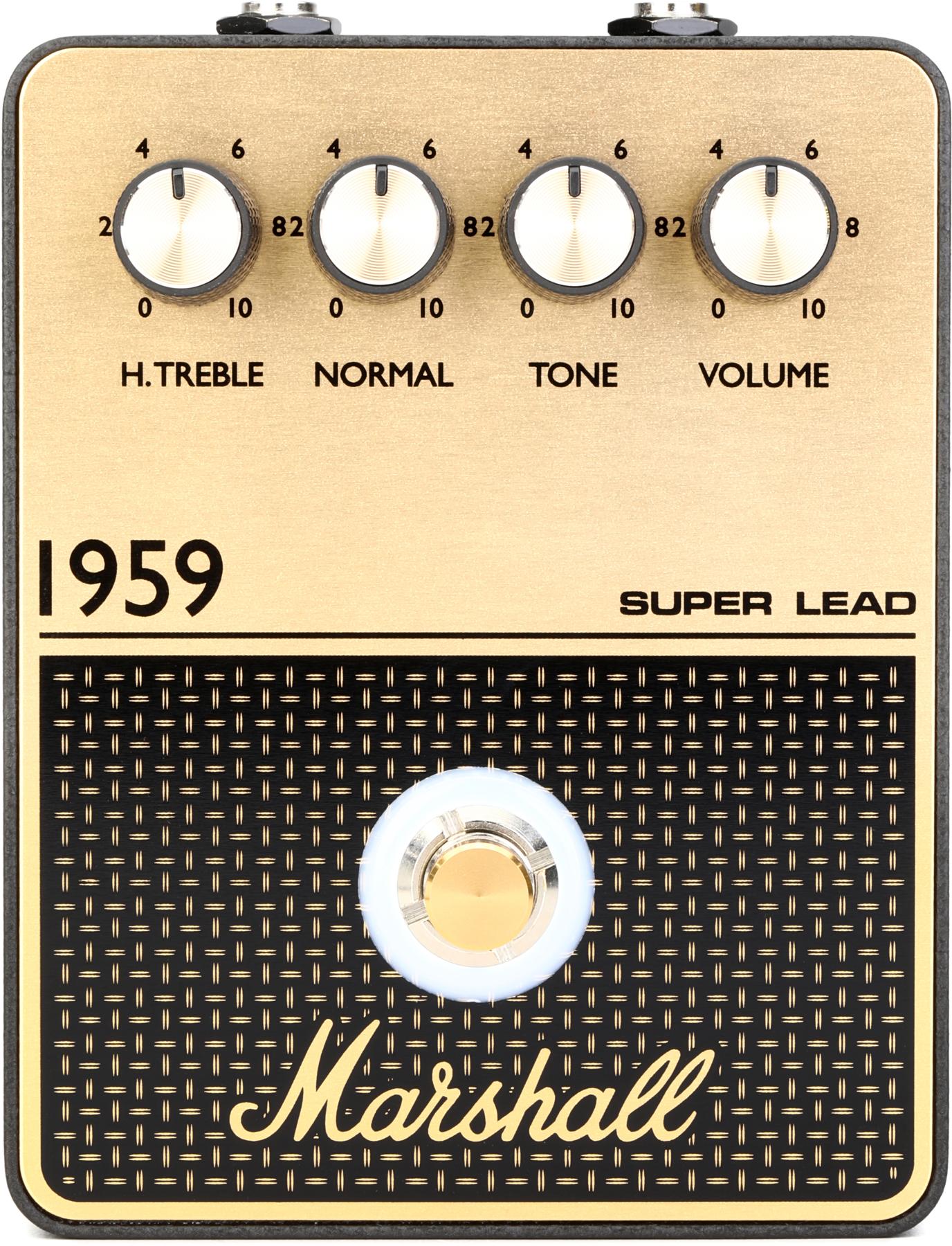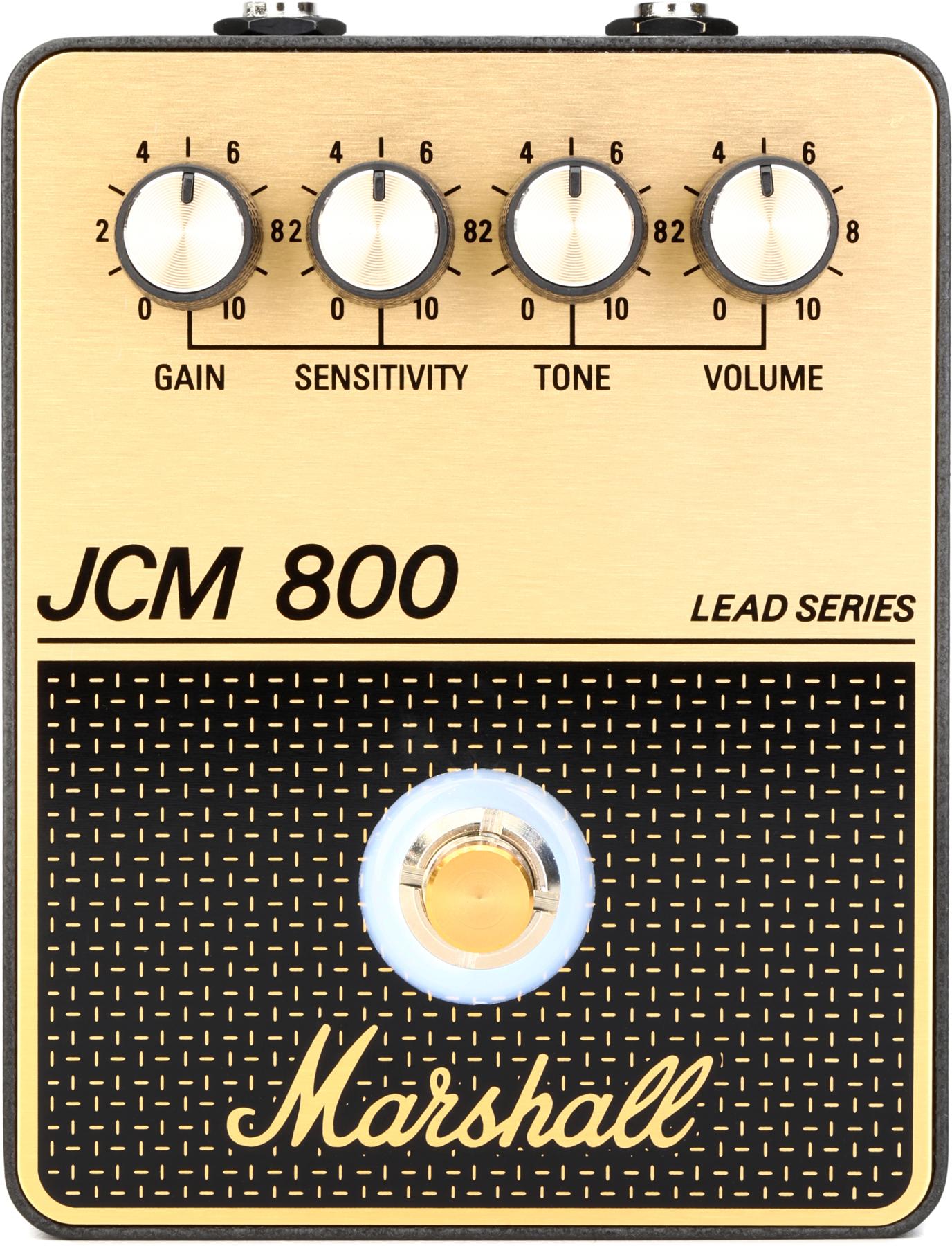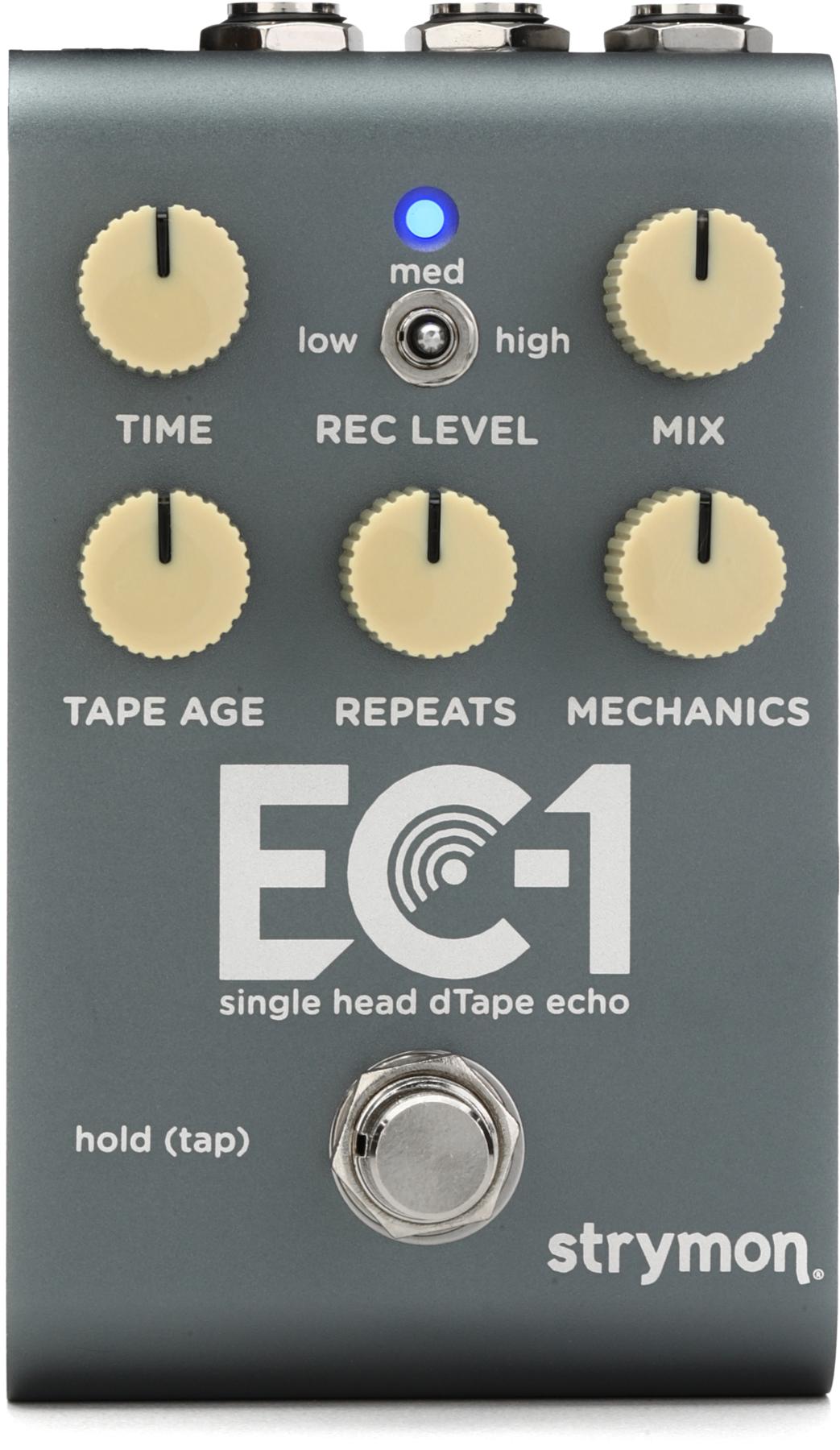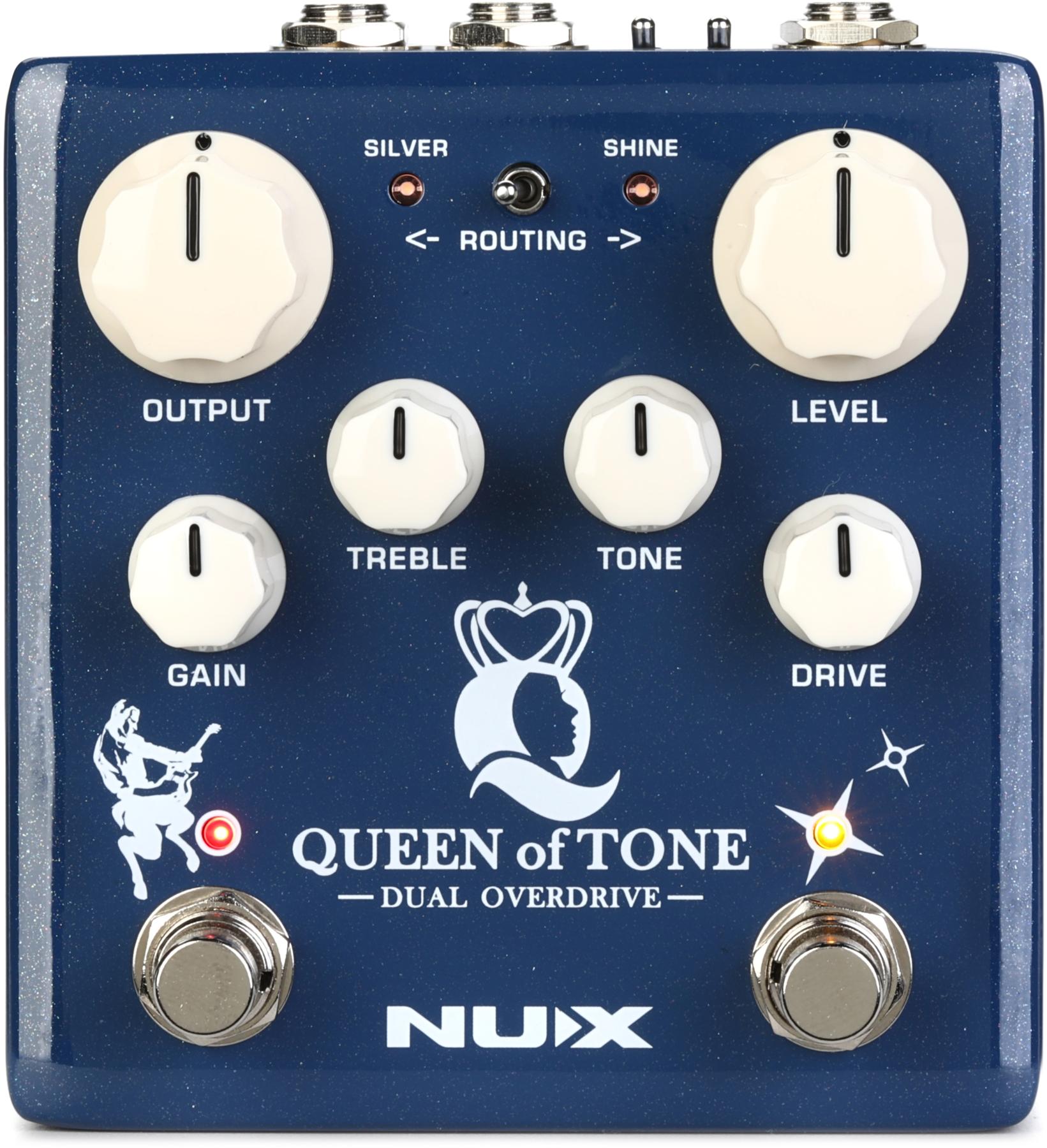Petaluma, CA (December 6, 2016) -- Mesa/Boogie is excited to announce the addition of the Triple Crown TC-50 guitar amplifier to its line of products, built in the company’s Petaluma, California shop. The new 3-channel, 50-watt, EL-34-powered Triple Crown TC-50 has been designed to deliver all things rock, from classic crunch to modern heavy on up to soring, vocal lead while also offering sparkling clean sounds rarely heard in amps of this genre. Yet in the tradition of their most successful amp of all time, the Dual Rectifier, an amazingly tight and aggressive wall of increasingly heavy crunch in channels 2 and 3 is the core strength of this new model that Mesa claims is one of their most harmonically rich and gain-laden amplifiers ever.
For players looking for added sound shaping control, the Triple Crown TC-50 features a bias select switch allowing the user to swap the stock compliment of EL34 power tubes with the fatter, rounder sounding 6L6s. For those that prefer an even warmer, rounder response and more easily attainable power clip, 6V6s can directly replace the stock compliment of EL34s with a no-fuss swap over (bias Switch in EL34 setting), creating a half-power scenario that exudes a more bubbly, vintage voice, a bouncier feel and a different harmonic content.
Mesa’s legendary all-tube reverb is featured for all of the TC-50’s three channels and provides the player with assignable choices on where to use it for the best results. Additional features include MIDI for true connectivity and a number of ways to access preferred sounds and pro features. A store toggle switch allows for one-touch writing of footswitchable functions to any of 256 MIDI program numbers. There is also a MIDI Channel mini Rotary Selector for syncing of the MIDI Channel with the user’s controller of choice. The CabClone DI is featured as a convenient interface for direct input to a live or recording console (mixing board) without the need for a mic and, for cabinet simulation, their full range of voicing options have been included; closed back, open back, and vintage, for increased versatility and different sound styles. A headphone out feature allows for practicing or when it is not possible or the user simply prefers to play without a live speaker.
“Our focus for the Triple Crown TC-50 was to deliver an amplifier aimed at Rock of all eras that was clearly from an opposing face of Mesa and decidedly non-Mark Series...a brand new design that would stand alongside our Mark Five flagship in terms of performance and versatility. If you’re a fan of the work we do at Mesa, yet the Mark sound wasn’t for you, or maybe you strayed from a Dual Rectifier in search of a new voice, you’ve got to check out the Triple Crown! Get ready for a gut-punching attack with tighter, more controlled low end than the Rectifiers and a bold new Lead voice that stands distinctly on its own in our line. We feel players of all genres, including our MARK and Recto Fans, will find something to love in this new model along with those who are looking for a Mesa more suited to their style...a Mesa for those who grew up playing amplifiers that could not trace their sonic roots back to California. Add the ability to go between the opposing response of EL34s and 6V6s with plug and play ease, 6L6s with a swap and a switch, modern features, midi accessibility, and all possible format options to build your rig and we feel we’ve accomplished something long imagined by us here with the new Triple Crown,” said Doug West, Director of Marketing at Mesa/Boogie.
Watch the company's video demo:
For more information:
Mesa/Boogie






















